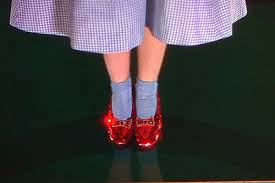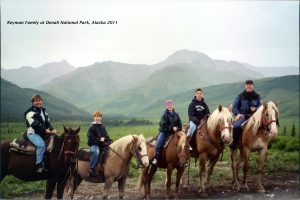 Relocation is one of those infamously “stressful” times of our lives. Even those of us who are veterans will admit to the fact that the sheer amount of facets that need to be managed during a move adds some level of anxiety.
Relocation is one of those infamously “stressful” times of our lives. Even those of us who are veterans will admit to the fact that the sheer amount of facets that need to be managed during a move adds some level of anxiety.
Whether moving near or far, change is part of the package – new people, new schools, new jobs, new neighborhoods, new neighbors and yes, a new home.
My husband’s corporate job moved us (a family of five) around the U.S. for a period of over 20 years. I realized from the very beginning that this would be a way of life for our family for quite some time. In order for us to not only keep our sanity but actually enjoy the adventure, I needed to have a plan. Essentially, my plan developed from taking a step back and seeing the big picture. I asked myself:
- What will our nomadic life look like?
- What can or will change?
- What can or needs-to stay the same?
- What will support each member of the family?
By answering these questions, I was able to prioritize the steps of our move and create a repeatable process to carry us through each successive relocation. I hope that my answers might help you look at your own family’s needs in the face of one or multiple moves.
What will our nomadic life look like?
Truth be told, many a friend and family member worried aloud about how my children would fare growing up without the consistency of a hometown, schools and friends. I chose to envision a life that would be enhanced by our travels – my children would learn that people are people wherever you go, no matter how they look or sound. They would experience cities and environments rather than merely reading about them – things like walking on Mt. Rainier (an active volcano), battling to walk down Michigan Ave while leaning into the Chicago wind, and watching dolphins jump in the coastal waters of Florida. I shared my vision and excitement with the rest of my family and let them know how lucky we were!
What can or will change?
Almost everything! As far as living spaces were concerned however, the changes involved the size and number of rooms and the amount of storage. Would the garage be large enough for cars, bikes and storage? Would there be a basement? Would the kids each have their own rooms or will they have to double up? Some changes were welcome, others less than desirable. Adding some creative storage and decorative accents always helped with the adjustment.
What can or needs to stay the same?
I decided that since all of our surroundings including most of the people would be changing, it would be important to preserve things that gave us “roots”. With each move I kept much of our décor the same, especially for the kids. I would hang their curtains right away and keep the same bedding. Those things changed at times when they grew out of them. We would have weekly letter-writing sessions in order to maintain relationships with family and friends. This had so many benefits: family time together, honing writing skills, honing relationship skills. I also made it a point to cook traditional holiday recipes so that we wouldn’t forget our family background and would feel connected on holidays when we couldn’t actually attend in person.
What will support each family member?
This is where organization really became essential. It is difficult to be successful, in anything and at any age, if your surroundings continue to change. Therefore, I would set up each home with consistencies. Kitchens were always arranged with table settings nearest the table and furthest from my cooking area so that kids could help and not be underfoot. Drawer items in kitchen, bedrooms and bathrooms were set up in similar order from house to house. Garage and laundry bins followed suit. Within no time, everyone knew where to find what was needed regardless of the new home layout.
Even though you may move often: embrace your life, be kind to yourself and your family and you can always be living at Home.
Click on the above title to learn more about the featured author.





